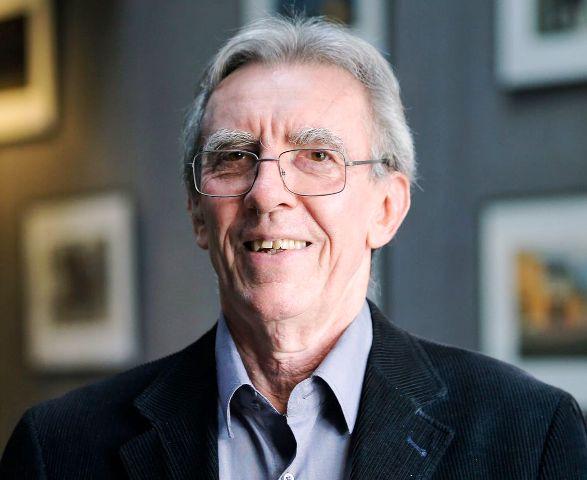Bio/Wiki
| Known for | Winning the 2016 Nobel Prize in Chemistry for his work on molecular machines |
|---|
Physical Stats & More
| Height | 5' 9" (175 cm) |
|---|---|
| Eye Color | Light Brown |
| Hair Color | Grey |
Educational Qualification(s)
| AICS |
|
|---|
Personal Life
| Zodiac sign | Libra |
|---|
Relationships & More
| Marital Status | Married |
|---|---|
| Affairs/Girlfriends | Carmen (1967-1971) |
| Marriage Date | 8 February 1971 |
| Marriage Place | Thierenbach, a village in the south of Alsace |
Family
| Father | Camille André Sauvage |
|---|---|
| Mother | Lydie Angèle Arcelin |
| Spouse | Carmen |
| Children |
|
Career
| Fields | Supramolecular Chemistry |
|---|---|
| Doctoral Advisor | J.-M. Lehn |
| Awards |
|
| Thesis | Les Diaza-polyoxa-macrobicycles et leur cryptates (1971) |
Some Lesser Known Facts
| Jean-Pierre Sauvage's mother was from Normandy, and his father was from northern France. | |
| His father worked as a jazz musician and composer. | |
| When Jean-Pierre Sauvage was a baby, his parents separated. | |
| He lived with his mother, who later remarried an Air Force officer. | |
| Due to his stepfather's military career, his family moved frequently. | |
| At a young age, he became interested in chemistry. | |
| He excelled in mathematics during his school years. | |
| He pursued his doctorate under the guidance of Jean-Marie Lehn. | |
| He played a role in the development of cryptand ligands. | |
| In 1983, he successfully synthesized a catenane, a notable accomplishment in the field of Chemistry. | |
| He has contributed to research in CO2 reduction and photosynthetic reaction center models. | |
| His high h-index on Google Scholar and Scopus reflects his significant impact in his field. |
